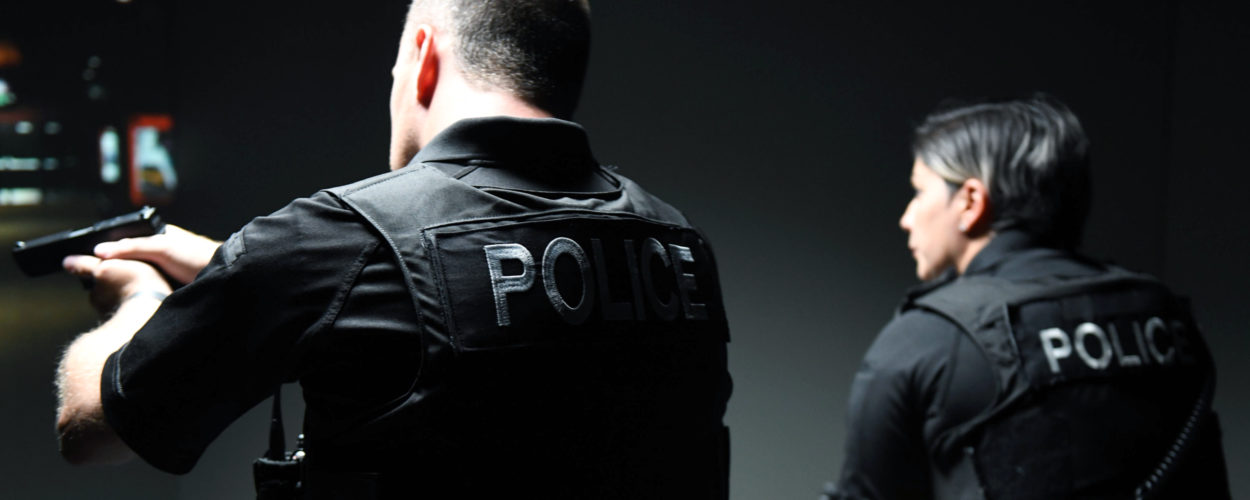
In today’s age of civil unrest and uncertainty, SWAT officers face incredibly dangerous situations in their day-to-day work. Since work can potentially be dealing with terrorists, armed gunmen or drug runners, the more training our officers have, the better equipped they become for any situation. This is why use of force and de-escalation training is such an important aspect of police SWAT training.
Threat Levels Can Vary
SWAT officers often deal with organized crime, meaning the threat rarely starts and ends with one individual—commonly, it is an entire group. Use of force training for SWAT officers is important because it helps officers learn to judge the level of threat carefully and accurately. Virtual training scenarios help SWAT officers answer the Graham Factors quickly and accurately:
• How serious is the offense? Before using any type of force, SWAT officers must first consider the seriousness of the subject’s offense. Learning to gauge the seriousness in a matter of seconds can save the lives of the officer and subject.
• Is the subject threatening officers or civilians? Virtual SWAT officer training also teaches LEOs to determine whether a suspect is a threat to themselves, other officers or civilians. The higher the threat the subject poses, the higher the likelihood that force may be necessary.
• Is the suspect trying to flee, evade or resist arrest? It is important for SWAT officers to learn how to determine when a suspect is attempting to run or resist arrest. This question, combined with the two previous, helps officers ultimately determine whether force should be used—and if so—the type appropriate for the situation.
Quick Decisions Save Lives
Ultimately, judgmental use of force police SWAT training is designed to ensure officers use reasonable force when it is warranted to protect their own safety, as well as the safety of the subject and civilians. In SWAT situations, officers must be able to make instant decisions, as there isn’t much time for analysis.
The questions above must become ingrained into memory, helping officers react appropriately within seconds. Failing to utilize force where appropriate can lead to loss of civilian or officer lives; using force where it isn’t warranted can lead to disciplinary action and difficult repercussions.
Repetition is Key
Virtual training scenarios give instructors the ability to place SWAT officers in a wide variety of situations—that may or may not require force—and gauge those officers’ performances. The benefit to simulation training is that scenarios can be ran repeatedly, without a loss in performance, fidelity or change.
With occurring training, officers learn to analyze and make beneficial decisions in mere seconds, rather than acting out in fear, stress or anger. Over time, SWAT officers become better and quicker at determining the correct type of force to subdue a suspect and keep everyone involved safe.
Police SWAT training is all about familiarizing officers with the widest variety of human behaviors possible while preparing them to respond to a wide variety of variables. train your officers to remain physically and mentally resilient and ensure they have the tools to apprehend any suspect safely and effectively. Learn more about adopting simulation training by contacting a VirTra specialist.
Recently Published
Join Our Newsletter







